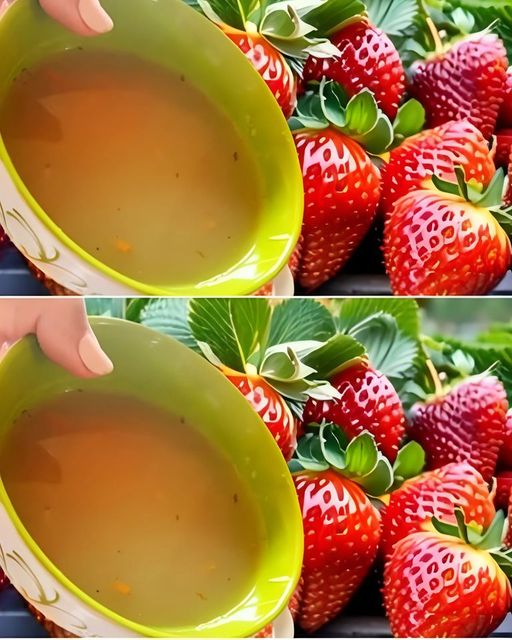ADVERTISEMENT
- How to Use: Apply blood meal in the early spring or during the growing season to promote lush, green growth. Use it sparingly, as it is very concentrated, and be sure to follow the recommended application rates on the packaging.
5. Seaweed/Kelp Meal
Seaweed or kelp meal is an excellent organic fertilizer that provides a broad spectrum of nutrients, including trace minerals and growth hormones that encourage robust plant growth and disease resistance. It’s rich in potassium, which is crucial for fruit development, and it also helps with overall plant health.
- How to Use: Sprinkle seaweed or kelp meal around your strawberry plants in early spring or when planting. Mix it gently into the soil, or use it as a top dressing. Seaweed-based fertilizers can also be applied as a liquid spray.
How to Apply Organic Fertilizers for Maximum Results
To make the most of these organic fertilizers, it’s important to know when and how to apply them throughout the strawberry growing season.
1. Pre-Planting Application
Before planting your strawberries, enrich the soil by adding a layer of compost or well-rotted manure. Work it into the soil to improve its fertility and texture. You can also apply bone meal during this step to promote strong root development.
2. Early Spring Feeding
In the early spring, as your strawberry plants begin to wake up from dormancy, apply a balanced fertilizer like fish emulsion or kelp meal. This will give your plants the nutrients they need to grow healthy leaves and strong stems.
3. Mid-Season Boost
As the plants begin to flower and set fruit, apply a light application of fish emulsion or blood meal to support healthy fruit production. Be cautious not to over-fertilize, as too much nitrogen can result in lush foliage but fewer fruits.
4. Post-Harvest Care
After you’ve harvested your strawberries, give your plants a final feeding of compost or kelp meal to support their recovery and prepare them for the next growing season. This will help replenish the soil and encourage healthy growth for the following year.
Additional Tips for Growing Luscious Strawberries
- Mulching: Use organic mulches like straw or wood chips around your strawberry plants to retain moisture, suppress weeds, and keep the fruit clean.
- Watering: Ensure your strawberries receive adequate water throughout the growing season, especially during fruiting. Consistent watering encourages plump, juicy berries.
- Pruning: Regularly remove dead or damaged leaves to improve air circulation and reduce the risk of diseases.
- Rotation: Rotate your strawberry beds every few years to prevent soil depletion and reduce the risk of soil-borne pests and diseases.
Conclusion: The Secret to Sweet, Juicy Strawberries
Achieving the perfect, juicy strawberries starts with the right care and fertilization. By using organic fertilizers like compost, fish emulsion, bone meal, and kelp meal, you can provide your strawberry plants with the essential nutrients they need to grow strong, healthy, and productive.
Incorporate these fertilizers into your regular gardening routine, and you’ll soon be enjoying a bounty of luscious, homegrown strawberries that taste far better than store-bought berries. Happy gardening, and may your strawberry patch thrive!
ADVERTISEMENT
